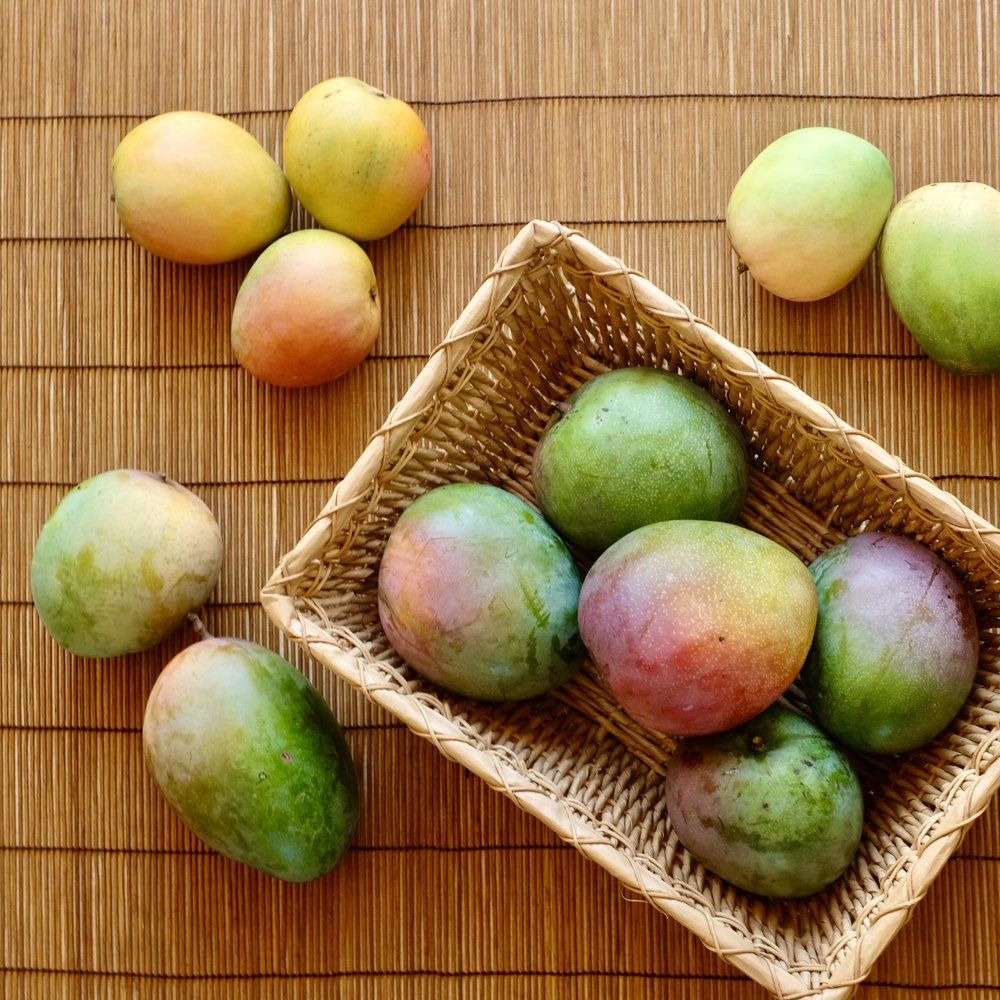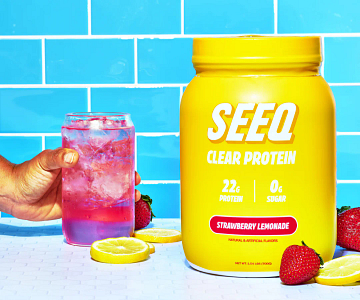- Fact Checked
Last Updated: August 29, 2022
There’s nothing like the feeling of cutting open a carefully selected mango, expecting to see a sweet orangish-yellow flesh. So it’s alarming when a brown color greets you instead.
How can it be that a seemingly healthy-looking mango can be brown on the inside?
There are several reasons for it, and we’ll cover them here. We’ll also give you the low-down on whether a mango brown inside is fit for eating.
Yes, you can eat a mango that’s brown inside. But you likely won’t want to, given that most mangos with brown flesh have an off-putting flavor.
So if you find a mango brown inside, feel free to give it a taste. In the best-case scenario, the brown discoloration will be only in a portion of your mango.
That way, you can cut around the brown areas and eat any orange, sweet flesh that remains.

There are several reasons that mangos go brown inside. While you’re likely better off tossing out mango with brown flesh, the severity of the brown discoloration often makes the difference.
Below are some of the most common reasons a mango’s flesh turns brown.
Except for a few states that grow mangos, such as Florida and Hawaii, the United States relies on importation for most of the mangos that Americans consume. And according to U.S. law, all mangos entering the country must undergo a hot bath before they arrive.
The purpose of a hot bath is to kill fruit flies and other insects, preventing these tropical pests from entering the U.S.
Mangos must undergo a hot bath of at least 115°F to qualify for importation in the U.S. Ensuring the water remains at least that hot but not much over is crucial to prevent mangos from turning brown on the inside.
Unfortunately, it can be challenging to strike the right balance, especially if importers leave some mangos behind in hot water. Making matters worse is that U.S. law states mangos can’t access cold temperatures until at least 30 minutes after a hot bath.
So, when you discover that an otherwise healthy-looking mango is brown on the inside, there’s a good chance that a hot bath damaged it.

An overripe mango is one of the easiest to guess if they’ll be brown on the inside, given that there are external signs you can look for.
Some of the most common signs of mangos being too ripe include:
Although a mango’s skin needs to give some when you gently squeeze it, if your fingers quickly fall into the mango, it’s one of the biggest signs that you’ve got an overripe mango.
When you cut open an overripe mango, you may see some browning along the edges of the skin. In that case, your mango is slightly overripe, but you should still be able to eat most of it.
But if your mango is overripe to the point where liquid oozes out, or you see mold, it’ll likely be too brown and unappetizing.
A bruised center in mangos occurs when the mango undergoes a physical injury, such as being dropped on the ground during shipping or at the grocery store. Sometimes, you can guess that the center of the mangos will be brown by feeling for indentations in the skin indicating it fell.
Other times, there’s no way to know the center of your otherwise healthy-looking mango will be brown until you cut into it.
The reason that browning from a bruise happens is from the reaction of cells breaking down and becoming exposed to oxygen. A similar process occurs when you cut an apple and leave it on the counter for a while.
While a mango’s brown bruised center is visually unappealing, it has no health concerns. So, feel free to eat around the brown—or the brown bruise itself—if you don’t want to waste your mango.
The longer you wait to eat your mango after it gets a bruise, the browner and mushier it’ll appear. Of course, it’s impossible to know when your mango became injured unless you dropped it. So, there’s a lot of luck involved too.
Yes, mangos can turn brown on the inside from both too much heat and cold.

Ironically, the purpose of keeping mangos cold is to prevent them from turning brown. The way it works is that bacteria and fungi don’t thrive in the cold, and cold temperatures slow down the chemical process that breaks down fruit.
As a result, mangos kept in cold temperatures typically have less of a chance of turning brown on the inside than those at room temperature or in warm environments.
Mangos that arrive via importation almost always get transported in cold environments. However, if the temperature gets too cold or the mango stays in the cold for long durations, its cells can start breaking down. The result is a mango that turns brown on the inside.
As with many scenarios on this list, it’s challenging to know if a mango exposed to too cold of temperatures is brown on the inside. Most of these mangos appear healthy, but you can often cut around the brown if your mango is the victim of extreme cold storage.
[thrive_leads id=’11437′]
Discovering a mango brown inside is disheartening. But luckily, although it’ll likely have an off-putting taste, it won’t harm you if you eat it.
Furthermore, most mangos that are brown on the inside have sections that haven’t gone bad. So it’s safe to use your knife to pick around the brown areas and eat the sweet orange flesh.
Although there’s never a guarantee of what the inside of a mango looks like until you open it, giving mangos a gentle squeeze can indicate how good they’ll be. The mango should be slightly soft but not so much that your fingers sink into it.
https://www.wifss.ucdavis.edu/wp-content/uploads/2016/10/Mangos_PDF.pdf
https://www.canr.msu.edu/news/is_bruised_produce_safe_to_eat
https://extension.umn.edu/preserving-and-preparing/science-freezing-foods


Address: 1300 Avenida Vista Hermosa, San Clemente, CA 92673, United States | Phone Number: +1 (949) 248-0131 | Email: contact@veganliftz.com